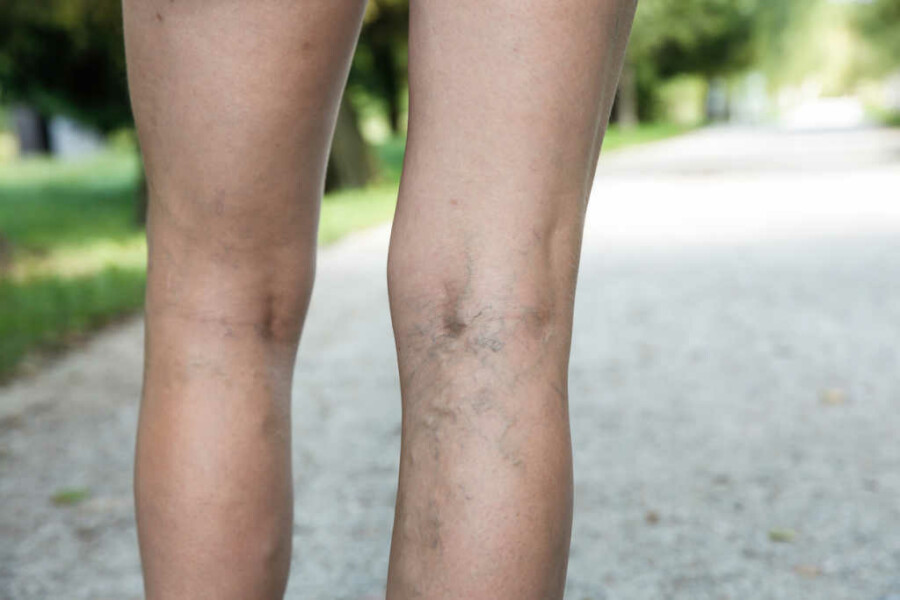New Connection Found Between Varicose Veins and Height

A new study shows that a person’s height may increase their chance of developing varicose veins. Here’s what you need to know about reducing your risk.
A recent study from the Stanford University School of Medicine has found a link between varicose veins and height. Taller individuals, researchers concluded, might have a higher chance of developing varicose veins.
While the research shows that greater height may lead to an increased risk of varicose veins, that does not mean all tall people will suffer from the condition. Risk factors for varicose veins include a person’s age, sex, weight and family history. Lifestyle also plays a role, as smoking and lack of exercise can increase your chances of developing the condition. However, tall patients and anyone who thinks they might be at risk can take important steps to improve their circulation and help prevent varicose veins.
Height as a Risk Factor for Varicose Veins
To push the blood up to the heart, veins have a one-way valve that keeps the flow moving upward. If the valves malfunction, blood pools in the lower extremities. This causes the veins become enlarged and bulge through the skin. When this happens, a patient may feel pain, burning or itching.
Taller individuals are more prone to varicose veins, the study pointed out, because blood must travel a greater distance between the heart and the lower extremities. Those extra inches in height likely create increased downward pressure on the veins, which makes it harder for them to pump the blood back up the heart.
According to the study, the risk of varicose veins grows by 25 percent for every additional four inches of height. The study came to that conclusion after examining the health records of 413,000 U.K. citizens between the ages of 40 to 69. Using an artificial intelligence machine model, the scientists then took a closer look at the genetic markers of 337,000 of those individuals, of which 9,600 said they had varicose veins.
When the study subjects were further divided by their height, they exhibited different characteristics, including how often varicose veins occurred within the groups. The results showed that people in the top quarter for height were 74 percent more likely to develop varicose veins than those in the bottom quarter.
Varicose Vein Prevention & Treatment
This study connecting height to an increased risk for varicose veins may point the way to important new therapies. The more researchers and physicians learn about this condition, the better able they are to treat and prevent it.
Of course, everyone can reduce their risk by making some simple lifestyle changes, such as maintaining a healthy weight, not smoking and not sitting still for long periods of time in the office or on a plane. Anything that lessens the pressure on the veins in the legs and keeps blood moving can help prevent the condition.
If you’re suffering from varicose veins or think you might be at risk, set up a consultation with a vein specialist. Your doctor will guide you toward a variety of noninvasive treatment options such as laser ablation or sclerotherapy, both of which can be completed as outpatient procedures. Get in touch with the Center for Vein Restoration today, and soon you’ll be on your way to enjoying life without the discomfort of varicose veins.